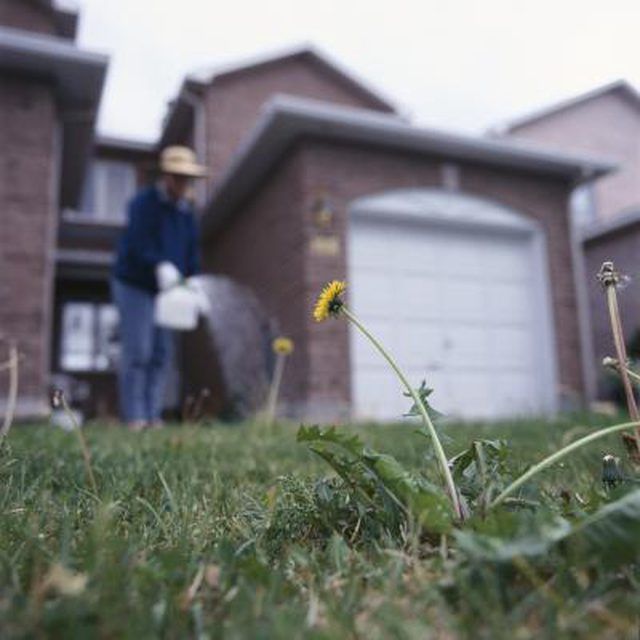Bulbs
Flower Basics
Flower Beds & Specialty Gardens
Flower Garden
Garden Furniture
Garden Gnomes
Garden Seeds
Garden Sheds
Garden Statues
Garden Tools & Supplies
Gardening Basics
Green & Organic
Groundcovers & Vines
Growing Annuals
Growing Basil
Growing Beans
Growing Berries
Growing Blueberries
Growing Cactus
Growing Corn
Growing Cotton
Growing Edibles
Growing Flowers
Growing Garlic
Growing Grapes
Growing Grass
Growing Herbs
Growing Jasmine
Growing Mint
Growing Mushrooms
Orchids
Growing Peanuts
Growing Perennials
Growing Plants
Growing Rosemary
Growing Roses
Growing Strawberries
Growing Sunflowers
Growing Thyme
Growing Tomatoes
Growing Tulips
Growing Vegetables
Herb Basics
Herb Garden
Indoor Growing
Landscaping Basics
Landscaping Patios
Landscaping Plants
Landscaping Shrubs
Landscaping Trees
Landscaping Walks & Pathways
Lawn Basics
Lawn Maintenance
Lawn Mowers
Lawn Ornaments
Lawn Planting
Lawn Tools
Outdoor Growing
Overall Landscape Planning
Pests, Weeds & Problems
Plant Basics
Rock Garden
Rose Garden
Shrubs
Soil
Specialty Gardens
Trees
Vegetable Garden
Yard Maintenance
How to Kill Grass to Put Stones Down
How to Kill Grass to Put Stones Down. A stone left on grass for several weeks kills the grass underneath, but this doesn't mean you can lay stone landscaping directly over grass and never worry about new grass growth. Most grass species spread through underground runners called stolons that seek out open spaces, leading to new grass growth even in...

A stone left on grass for several weeks kills the grass underneath, but this doesn't mean you can lay stone landscaping directly over grass and never worry about new grass growth. Most grass species spread through underground runners called stolons that seek out open spaces, leading to new grass growth even in the tightest cracks between stones, much like how grass grows in concrete cracks. Even grass species that spread mostly through seed can germinate in the cracks. If you take time to completely kill the grass before laying stone, you'll save countless hours in maintenance pulling out grass weeds.
Things You'll Need
Lawn mower
4 wooden stakes
Rubber mallet
String
Landscaping spray paint
Garden sprayer
41 percent glyphosate
Vegetable oil
Spray marking dye
Spade
Flat shovel (optional)
Turn off your sprinklers, if applicable, and allow the grass to dry out for a few days. Mow the grass with your mower's lowest setting and rake up the clippings.
Drive stakes into the ground at each corner where you wish to lay stone. Tie string taut between the stakes, setting the string only a few inches off the ground. Spray landscaping spray paint directly over the string line to mark the ground; the chalk-based paint will wash away in the rain.
Mix a 2 to 3 percent solution of a non-selective, systemic herbicide such as glyphosate in a backpack sprayer. Dilution rates vary depending on the concentration of the product you use. The common concentration for regular glyphosate products is 41 percent, which is mixed at a rate of 2 2/3 ounces of glyphosate to 1 gallon of water. Most products also require you to add at least 1 ounce of a surfactant such as vegetable oil to help coat the grass. Add 1 ounce of blue spray marking dye, if desired, so you can easily see where you spray the herbicide.
Spray the area within the painted lines with the herbicide solution until all grass is well-coated but not saturated. Start spraying a few feet in from a corner and work your way toward the line while spraying continuously to avoid over-spraying the marked area. Wait one to two weeks for the glyphosate to kill the grass; the already dry, brown grass from lack of watering dries out even more, becomes dark brown and wilts.
Push a spade into the ground 4 to 6 inches deep along the painted lines at one corner of the marked area. Lift up on the corner to observe the depth of the grass roots layer so you know how deep to dig when removing the grass.
Cut along the marked lines, using a spade, to about 1 inch below the bottom of the grass roots layer. Hold the spade upright, step on the peg to push it down into the soil and cut the grass, lift it out of the ground and reposition it directly beside the first cut. Repeat this process around the entire perimeter.
Cut the grass within the area into sections about 1 foot wide, using the spade in the same way that you cut the perimeter. You might also wish to cut the strips into 3- to 4-foot lengths that are easier to manage.
Peel up a corner of one of the strips, starting at one corner of the marked area. Slowly pull back on the grass strip to lift it away from the soil. Roll up the strip just as you would roll a strip of carpet. In clay soil, a flat shovel comes in handy for scraping along the soil to release the sod layer. Repeat this process with each strip until the entire area is free of grass. At this point, you can excavate the soil, adding layers of gravel and sand as needed to create a sturdy base for laying stones.
Tips & Warnings
Fill in the cracks between stones with fine gravel or coarse sand, which act as inorganic mulches to further prevent grass from growing between the cracks. Stone pavers usually require coarse sand to bind the stones together, so you can do this at no extra cost.